Tretinoin is one of the most powerful skincare ingredients available—and also one of the most misunderstood.
Maybe you've heard that it causes severe peeling, thins your skin, or isn’t safe for anyone over 40. These kinds of myths have stopped countless people from experiencing the real benefits of tretinoin. At Rejûvaskin, we believe your skincare routine should be based on facts, not fear.
Whether you're just starting your tretinoin journey or rethinking it after some rough experiences, this article will clear up the most common misconceptions—backed by clinical studies, not internet rumors. Plus, we’ll show you how to support your skin with barrier-loving, sensitive-safe products that make tretinoin easier to use—and more effective.
Let’s break it down: what’s real, what’s myth, and how to use tretinoin in a way that’s smart, gentle, and safe for your skin at any age.
Myth #1: “Tretinoin thins the skin”
The truth: Long-term tretinoin use actually increases skin thickness by boosting collagen and epidermal regeneration.
A landmark 48-week study found that 0.1% and 0.025% tretinoin creams caused 30% and 28% epidermal thickening, respectively. It also increased vascularity—a sign of improved skin health—not fragility (Griffiths et al., 1995).
>> Rejûvaskin Tip: Support skin renewal with our Skin Recovery Cream, ideal for rebuilding the barrier while tretinoin stimulates cellular repair.
Myth #2: “You have to purge for weeks when starting tretinoin”
The truth: While some irritation or breakouts may occur, severe or prolonged purging isn't inevitable—and can often be prevented with a gentle routine.
Clinical data shows that most tretinoin-related dermatitis is mild or moderate, resolving within a few weeks (Noble & Wagstaff, 1995).
>> Rejûvaskin Tip: Use Hydrating Facial Cleanser with EXO-P™ to prep and protect your barrier without stripping your skin during the adjustment phase.
Myth #3: “Retinoids are only for people under 40”
The truth: Retinoids benefit mature skin significantly by improving collagen, texture, and pigmentation—even if started later in life.
Multiple studies have shown improvements in photoaged skin, actinic keratoses, and fine lines regardless of age group (Siddiqui et al., 2024), (Goldfarb et al., 1989).
Myth #4: “Stronger % means better results”
The truth: Higher concentrations of tretinoin (like 0.1%) don’t necessarily deliver better outcomes—they just increase irritation risk.
In one study, both 0.025% and 0.1% tretinoin delivered equal improvements in photoaging, but the higher dose caused significantly more irritation (Griffiths et al., 1995).
>> Rejûvaskin Tip: Start low, go slow. Use recovery products like Skin Recovery Cream to buffer and soothe.
Myth #5: “You can’t use tretinoin in the summer or near the eyes”
The truth: With proper SPF protection, tretinoin is safe year-round—and can be used near the eyes (with caution).
While tretinoin increases sensitivity to UV rays, studies confirm it’s not phototoxic when used responsibly with sunscreen (Epstein, 1986).
>> Rejûvaskin Tip: Apply Mineral Facial Sunscreen every morning to protect your glowing, renewing skin.
Myth #6: “You must apply tretinoin every night”
The truth: Studies support alternate-night use for sensitive skin and those starting out. Consistency matters more than frequency.
Once or twice a week can be enough to stimulate collagen and cellular turnover—without causing barrier breakdown (Siddiqui et al., 2024).
Myth #7: “Tretinoin just peels the skin—it doesn’t rebuild it”
The truth: Tretinoin stimulates collagen synthesis, epidermal thickening, and improved vascularity. It’s a regenerative—not destructive—process.
A systematic review confirmed that tretinoin improves histological and protein-level markers of aging skin (Siddiqui et al., 2024).
Your Rejûvaskin Tretinoin Support Routine
Here’s how to pair tretinoin with Rejûvaskin to minimize irritation and maximize glow:
PM Routine:
-
Cleanse gently with Hydrating Facial Cleanser
-
Apply pea-sized amount of tretinoin
-
Buffer or follow with Skin Recovery Cream
AM Routine:
-
Rinse with lukewarm water
-
Apply Mineral Facial Sunscreen
-
Reapply SPF throughout the day as needed
Tretinoin is one of the most powerful skin-transforming ingredients available—but only when used correctly. Myths like “it thins your skin” or “you have to suffer to see results” can keep you from experiencing its real, science-backed benefits.
With the right expectations, supportive skincare, and medical guidance, tretinoin can become the cornerstone of a radiant, healthy routine—at any age.
Works Cited
-
Epstein, J. (1986). All-trans-retinoic acid and cutaneous cancers. Journal of the American Academy of Dermatology, 15(4), 772–778. Link
-
Goldfarb, M., Ellis, C., Weiss, J., & Voorhees, J. (1989). Topical tretinoin therapy: its use in photoaged skin. Journal of the American Academy of Dermatology, 21(3), 645–650. Link
-
Griffiths, C. E., Kang, S., Ellis, C. N., et al. (1995). Two concentrations of topical tretinoin... Archives of Dermatology, 131(9), 1037–1044. Link
-
Noble, S., & Wagstaff, A. J. (1995). Tretinoin: A review of its pharmacological properties. Drugs & Aging, 6(6), 479–496. Link
-
Siddiqui, Z., Zufall, A., Nash, M., et al. (2024). Comparing tretinoin to other topical therapies in the treatment of skin photoaging. American Journal of Clinical Dermatology. Link
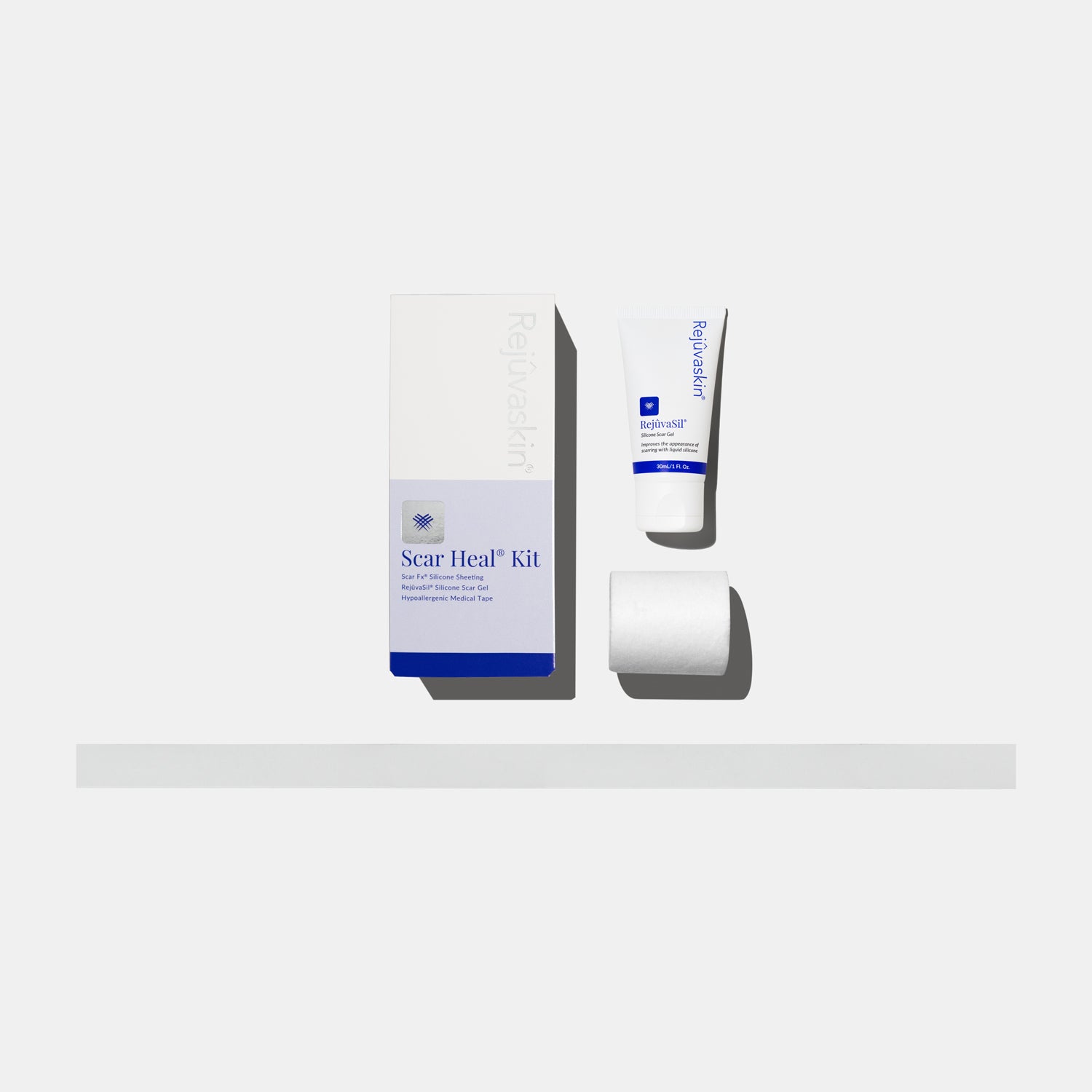


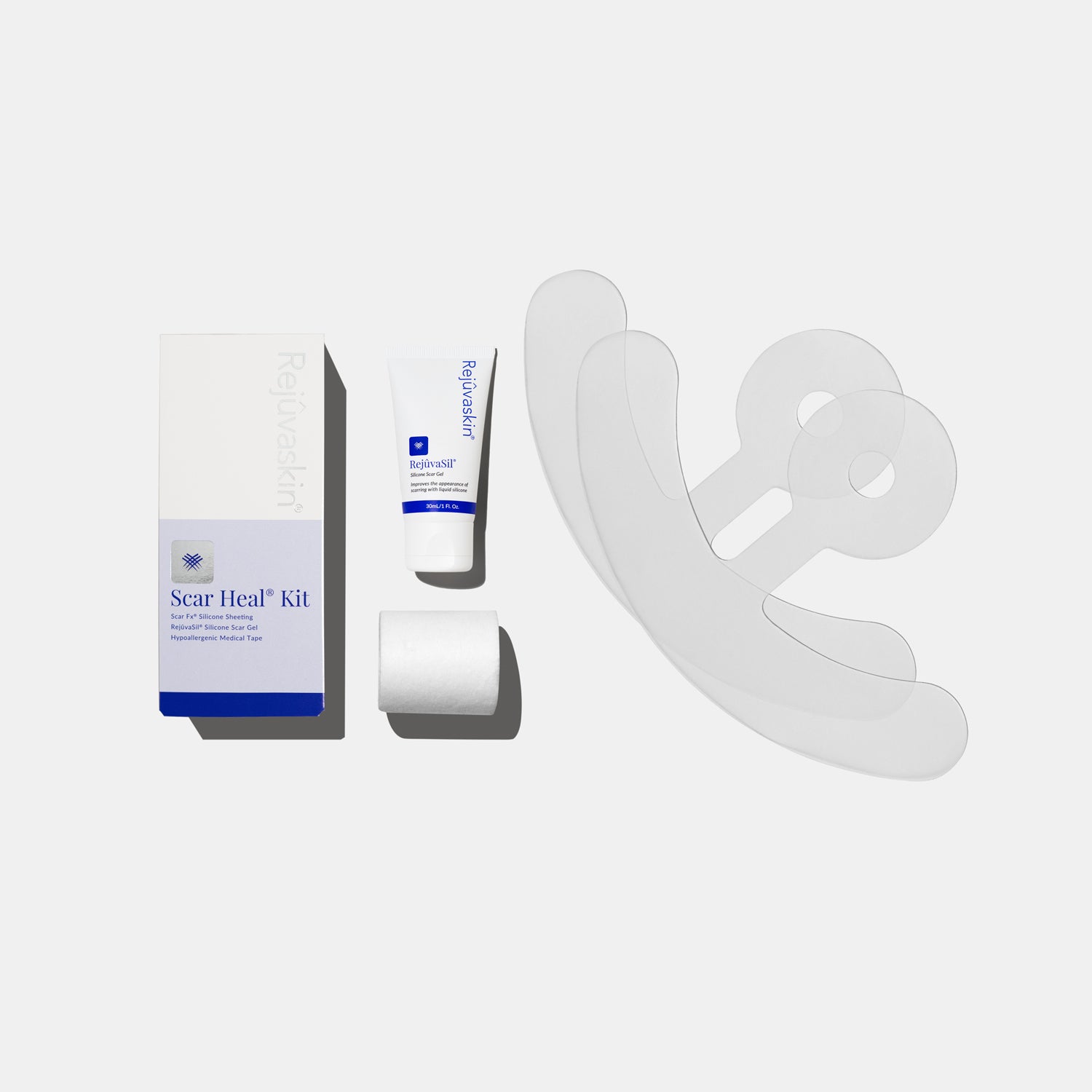
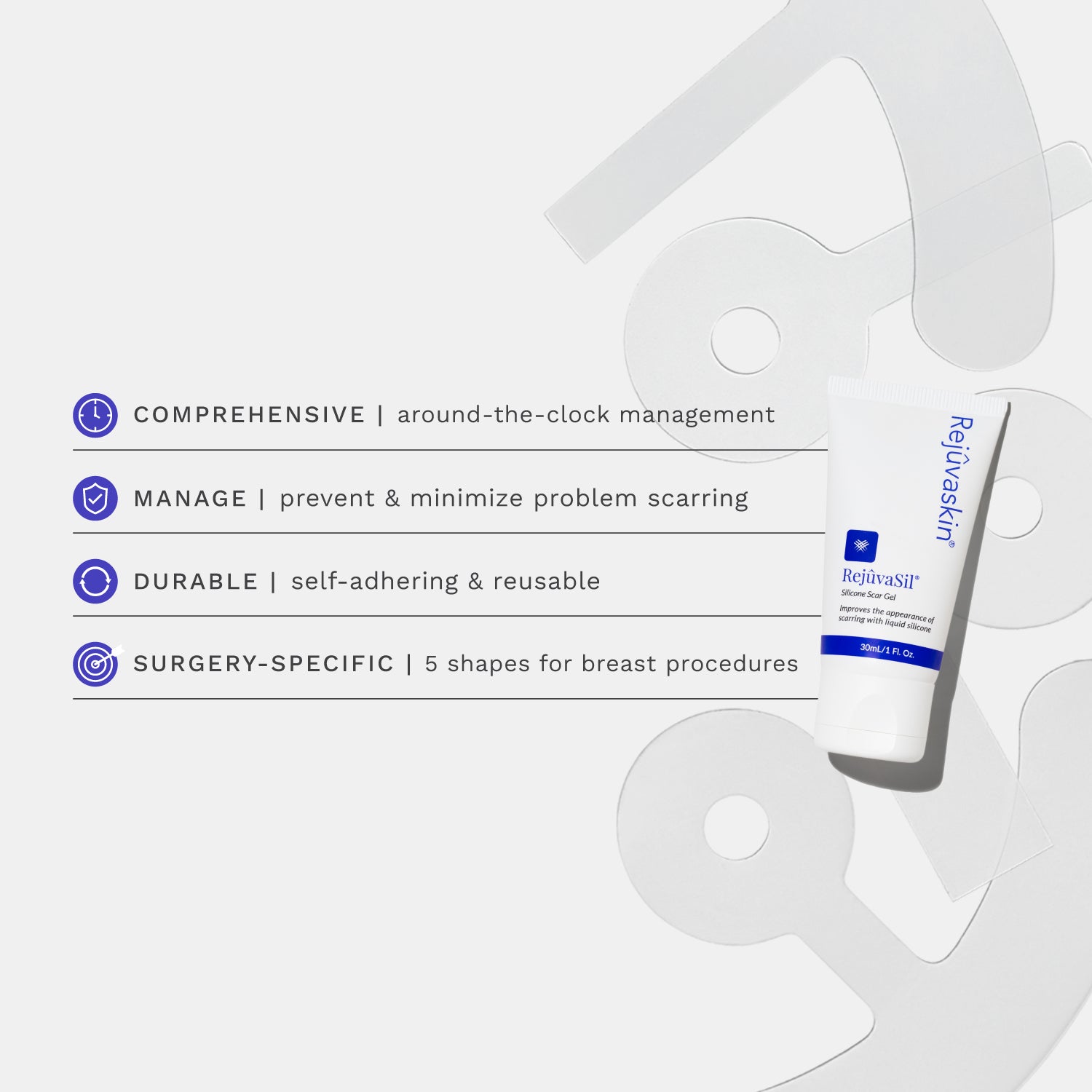
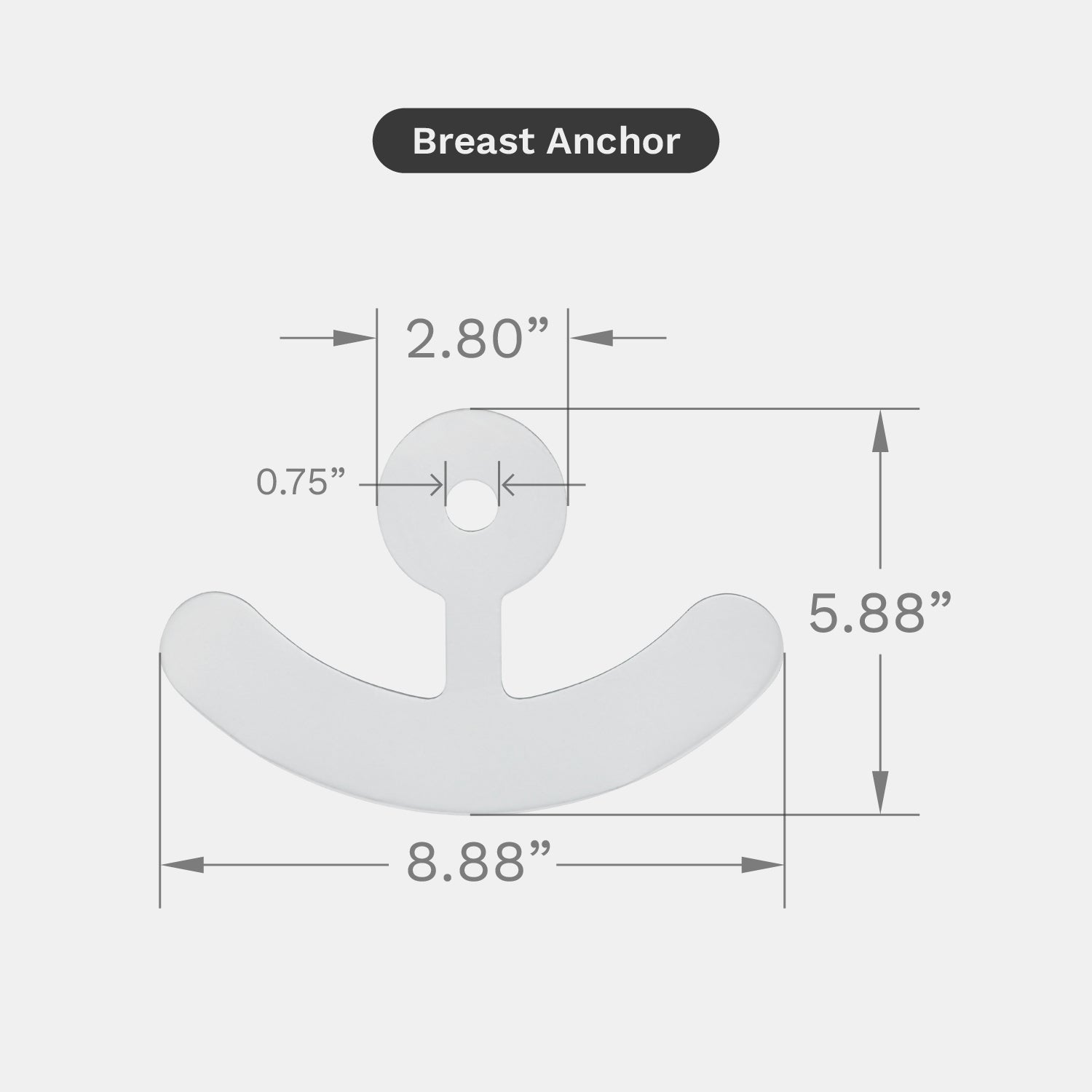
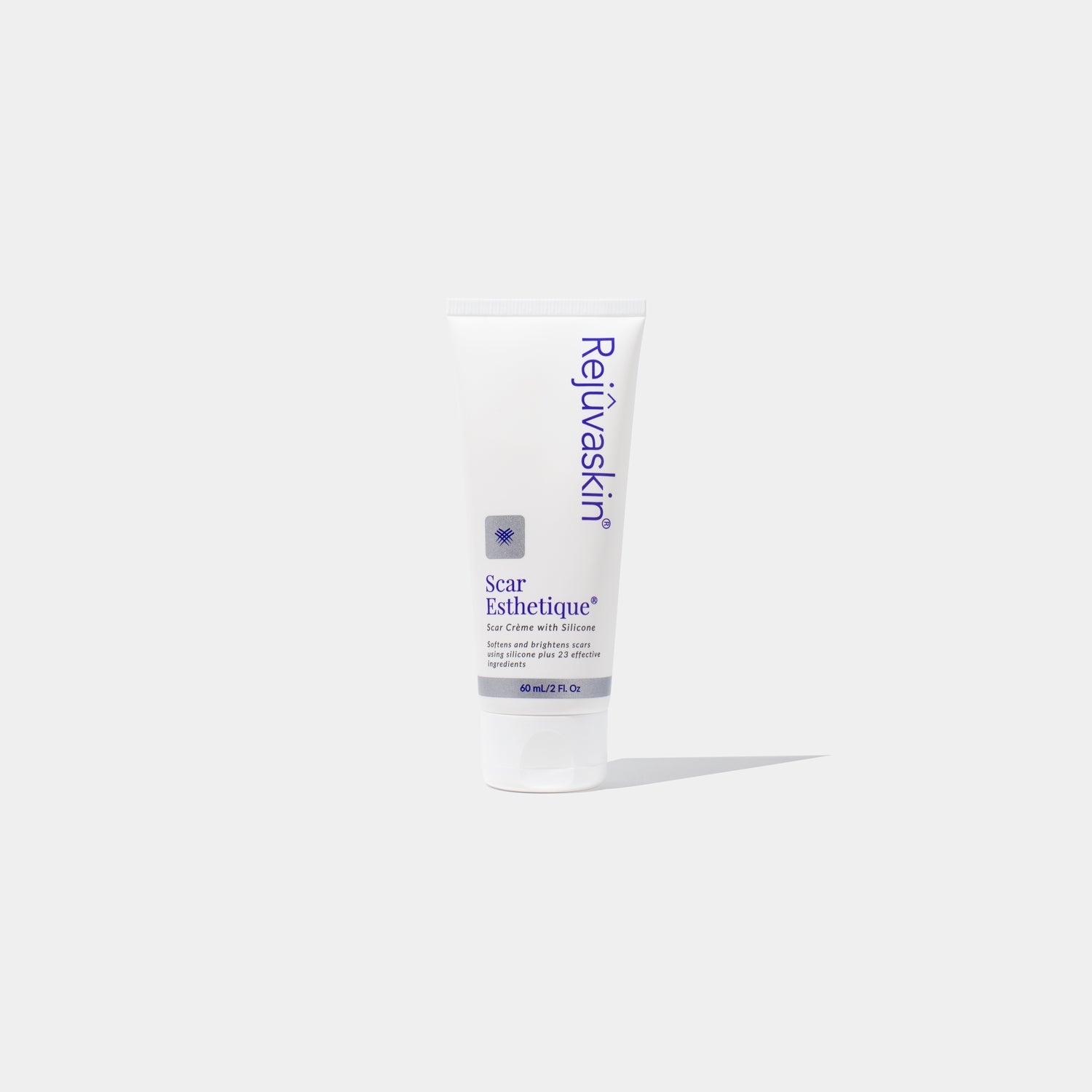
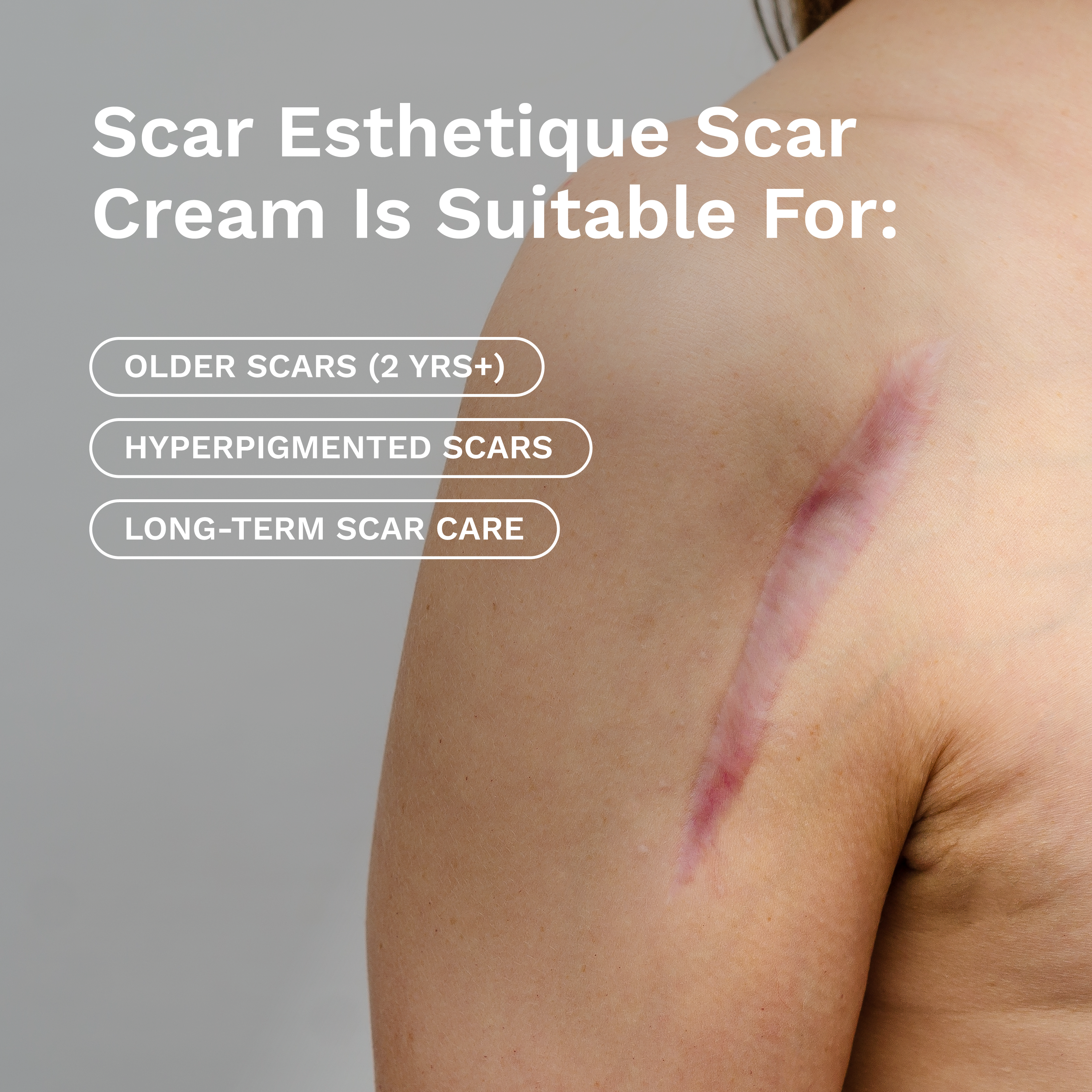








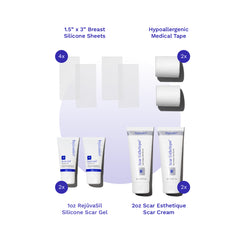
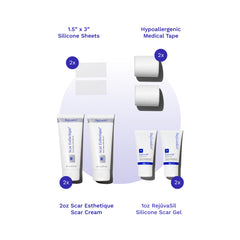

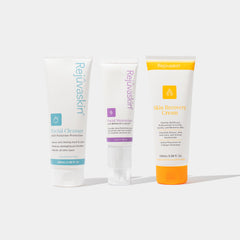

Leave a comment